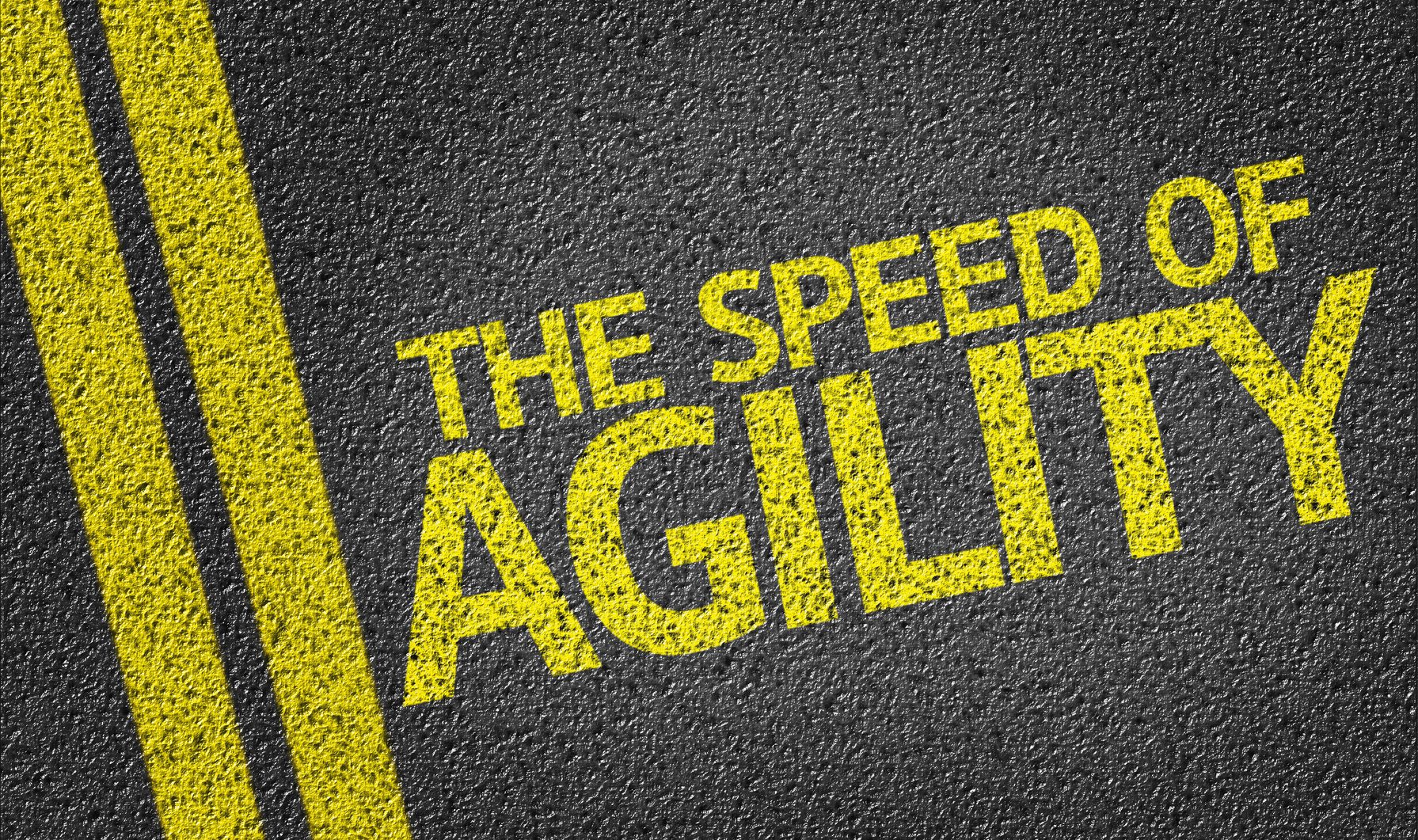The past two years have brought a mixed bag of experience for both Kazakh and Uzbek automotive industries. Passenger vehicles sales volumes witnessed growth, however at a varied rate, affected by internal as well as external macroeconomic disruptions and regional developments. Amid these conditions, 2016 is likely to be an uncertain year for the automotive industries in both countries. Although growth is likely to be challenging, by re-thinking its current focus along with the help of the right government policies, growth prospects over the long term are promising.
While the Kazakh and Uzbek economic and automotive industries scenarios differ to quite an extent, and both countries have witnessed a varied growth in recent years, their macroeconomic and sector dynamics have continued to remain under a strong impact of the global slump in oil prices, volatile economic and political environment in neighboring regions, as well as currency devaluations. While Kazakhstan automotive industry, with sales volume CAGR of 67.8% during 2010-2014, was one of the fastest growing auto markets worldwide, the country’s GDP was witnessing a fluctuating y-o-y growth ranging from 7.5% in 2011 to 4.4% in 2014. At the same time, while Uzbek’s economy posted strong and steady GDP growth at around 8% annually between 2011 and 2014, its car sales volume grew at a mere CAGR of 1.4% during 2010-2014.

Uzbekistan’s automotive industry is currently around twice the size of the industry in Kazakhstan, however its sales volume growth has recently stalled putting a question mark on Uzbek industry future growth dynamics. Kazakhstan might soon be seen to be catching up, with more than healthy sales volume growth rate, much of it supported by recent government reforms to boost local production and sales.



EOS Perspective
With Russia’s economy still struggling to recover amid Western sanctions, banking on vehicle exports is unlikely to take Kazakhstan and Uzbekistan any further. Passenger vehicles sales and production figures in most likelihood will continue to be impacted by internal as well as external macro-economic factors in 2016. In order to grow in the current environment, OEMs will have to look beyond their status-quo. Automakers will have to start focusing on domestic markets, which are still underserved with rapidly increasing demand for new cars.
The governments will have to work together with industry participants to create consistent as well as comprehensive industry policies that can attract more investments and stimulate growth. Measures such as financial incentives, special land allotment, creating SEZs, and various other schemes can significantly boost investor (both local and foreign) confidence. At the same time, reforms such as increasing local content requirement will drive more local producers to enter the industry. This might be a great help to the overall vehicle manufacturing and auto components industry in its development and growth trajectory.

With automakers trying to scale down their operations in Russia and Ukraine, growth opportunities are ripe for region’s manufacturers to capture and fill the market gaps in neighboring regions such as EEU and CIS. By leveraging their strategic location and proximity to European, CIS, and Asian markets, Uzbekistan and Kazakhstan could potentially attempt to reinvent themselves as the region’s next automotive export hub.





